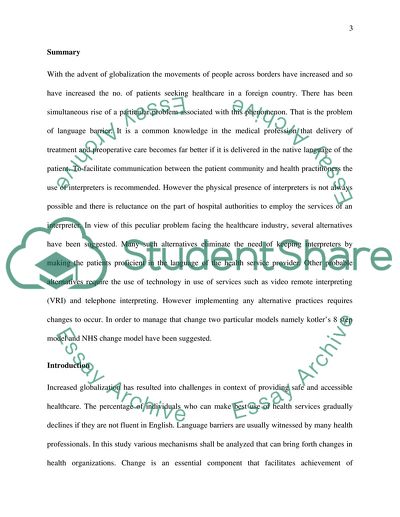Cite this document
(“Leadership in Nursing Essay Example | Topics and Well Written Essays - 3250 words”, n.d.)
Leadership in Nursing Essay Example | Topics and Well Written Essays - 3250 words. Retrieved from https://studentshare.org/nursing/1672809-leadership-in-nursing
Leadership in Nursing Essay Example | Topics and Well Written Essays - 3250 words. Retrieved from https://studentshare.org/nursing/1672809-leadership-in-nursing
(Leadership in Nursing Essay Example | Topics and Well Written Essays - 3250 Words)
Leadership in Nursing Essay Example | Topics and Well Written Essays - 3250 Words. https://studentshare.org/nursing/1672809-leadership-in-nursing.
Leadership in Nursing Essay Example | Topics and Well Written Essays - 3250 Words. https://studentshare.org/nursing/1672809-leadership-in-nursing.
“Leadership in Nursing Essay Example | Topics and Well Written Essays - 3250 Words”, n.d. https://studentshare.org/nursing/1672809-leadership-in-nursing.


